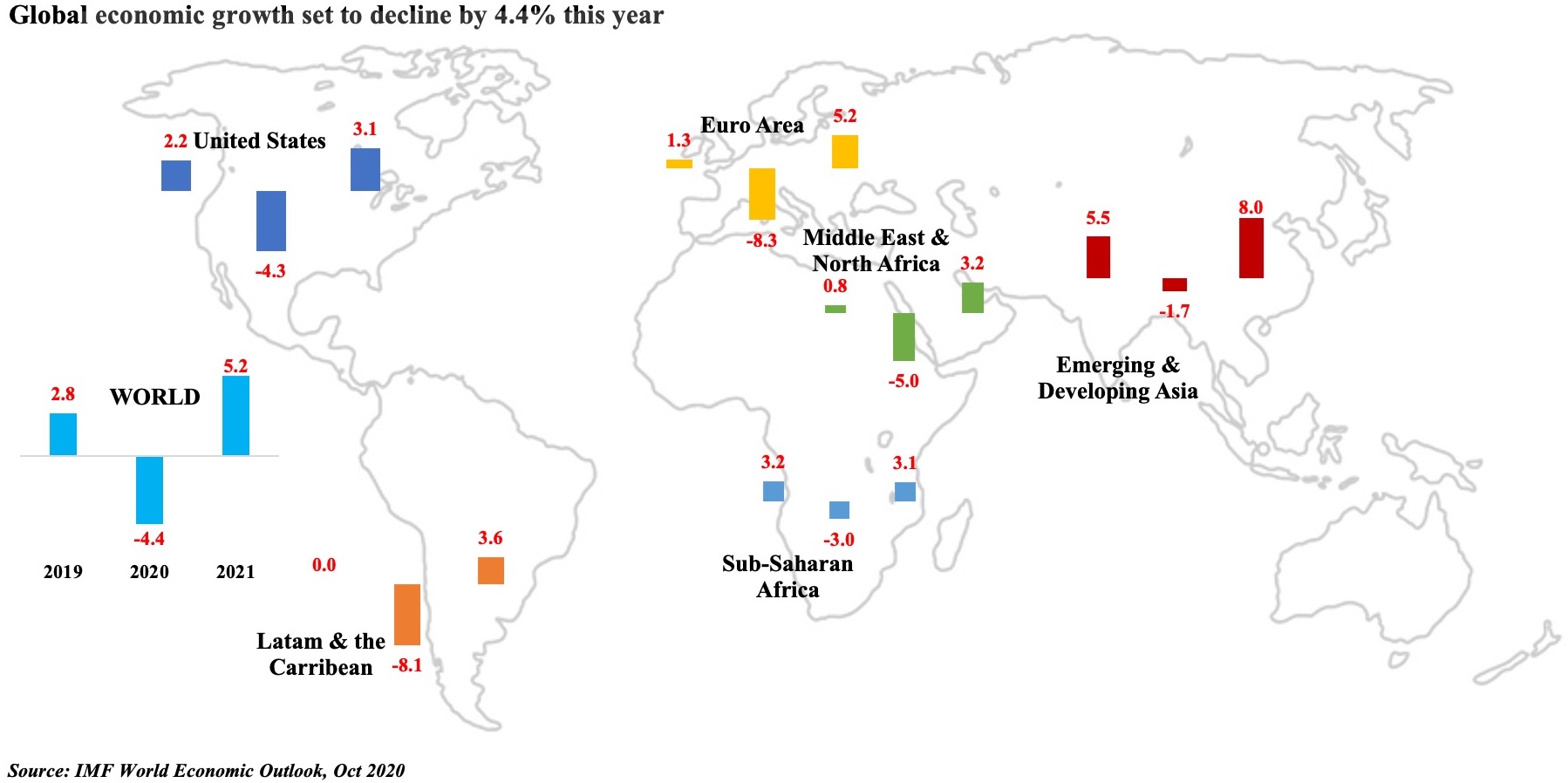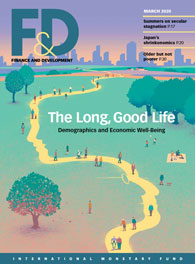Imf Africa Outlook 2019
2019 outlook wallpaperAfricas economic growth has stabilized at 34 percent in 2019 and is expected to pick up to 39 percent in 2020 and 41 percent in 2021 but to remain below historical highs. Rising trade and geopolitical tensions have increased uncertainty about the future of the global trading system and international cooperation more.
 Infografik Africa S Economic Growth Trend 2019 En Ghana Africa West African Countries
Infografik Africa S Economic Growth Trend 2019 En Ghana Africa West African Countries
Inflation has remained low reflecting the peg to the Euro but also continued solid agricultural production and the limited passthrough of higher world oil prices.

Imf africa outlook 2019. 15 Five years after the conflict began per capita GDP is on average 8 percent below its preconflict level compared with a projected. How-ever African economies have deindustrialized. Here are the three messages from the report.
Nov 26 2019 847 AM EST. The IMF talks of a growth rate of 88 in its World Economic Outlook which would make Ghana the fastest growing economy in the world in 2019. The IMF revised South Africas 2020 growth prospects down from 11 in its October 2019 report while the GDP estimates for 2019 were also cut.
Using forecasts from the IMF World Economic Outlook database a comparison of 10 major conflicts in sub-Saharan Africa reveals that at conflict onset t 1 the actual median growth rate plummets to minus 6 percent compared with the projected growth rate of almost 1 percent implying a decline in real GDP per capita of about 7 percent Figure 219. IMF lowers South Africas growth forecast for 2019 to a paltry 07 By Oct 16 2019 JOHANNESBURG The International Monetary Fund IMF has lowered South Africas economic growth forecast for 2019. Some 21 countries mainly the regions more diversified economies are expected to sustain growth at 5 percent or more and remain on the impressive per capita convergence path they have been on since the early 2000s.
Growth in Subsaharan Africa is projected to remain at three point two percent in 2019 and rise to three point six percent in 2020. Growth in sub-Saharan Africa is projected to remain at 32 percent in 2019 and rise to 36 percent in 2020. Despite growing speculation of a global economic crisis in 2020 and mounting challenges facing African nations the International Monetary Fund and the African Development Bank AfDB both predict overall growth in Africa will improve in 2019 and 2020.
After slowing sharply in the last three quarters of 2018 the pace of global economic activity remains weak. These growth rates are lower than we envisaged in April with growth being revised somewhat in about two thirds of countries in the region and this downward revision reflects the more challenging global environment and weaker than anticipated growth in South Africa. April 3 2019.
SP Global Ratings downgraded South Africas. The data and projections cover 45 sub-Saharan African countries in the IMFs African Department. In the 2019 African Economic Outlook published by AfDB outlines the fastest-growing economies across the continent and highlights the biggest challenges theyll face over the coming years.
A report issued by the IMF predicted that on current policies the medium-term growth outlook would remain subdued. Momentum in manufacturing activity in particular has weakened substantially to levels not seen since the global financial crisis. Your browser is not up-to-date.
Last year the countrys economy grew by 56 putting. Economic recovery in sub-Saharan Africa is set to continue with growth projected to pick up from 3 percent in 2018 to 35 percent in 2019. Although structural change is occurring it has.
The expected recovery however is at a slower pace than previously envisaged for about two-thirds of the countries in the region partly due to a challenging external environment. IMF Staff Concludes 2019 Discussions with the West African Economic and Monetary Union on Common Policies for Member Countries. The World Economic Outlook WEO database contains selected macroeconomic data series from the statistical appendix of the World Economic Outlook report which presents the IMF staffs analysis and projections of economic developments at the global level in major country groups and in many individual countriesThe WEO is released in April and SeptemberOctober each year.
Growths fundamentals are also improving with a gradual shift from private consumption toward investment and exports. Unless noted otherwise data and projections presented in this Regional Economic Outlook are IMF staff estimates as of March 30 2019 consistent with the projections underlying the April 2019 World Economic Outlook. The group previously expected GDP growth of 07 in.
But economic performance remains bifurcated. The 2019 African Economic Outlook high-lights that macroeconomic stabilization and employment outcomes are better when industry leads growth suggesting that industrialization is a robust path to rapid job creation. The IMF has concluded the annual evaluation of Nigerias economy.
For optimum experience we recommend to update your browser to the latest version.







